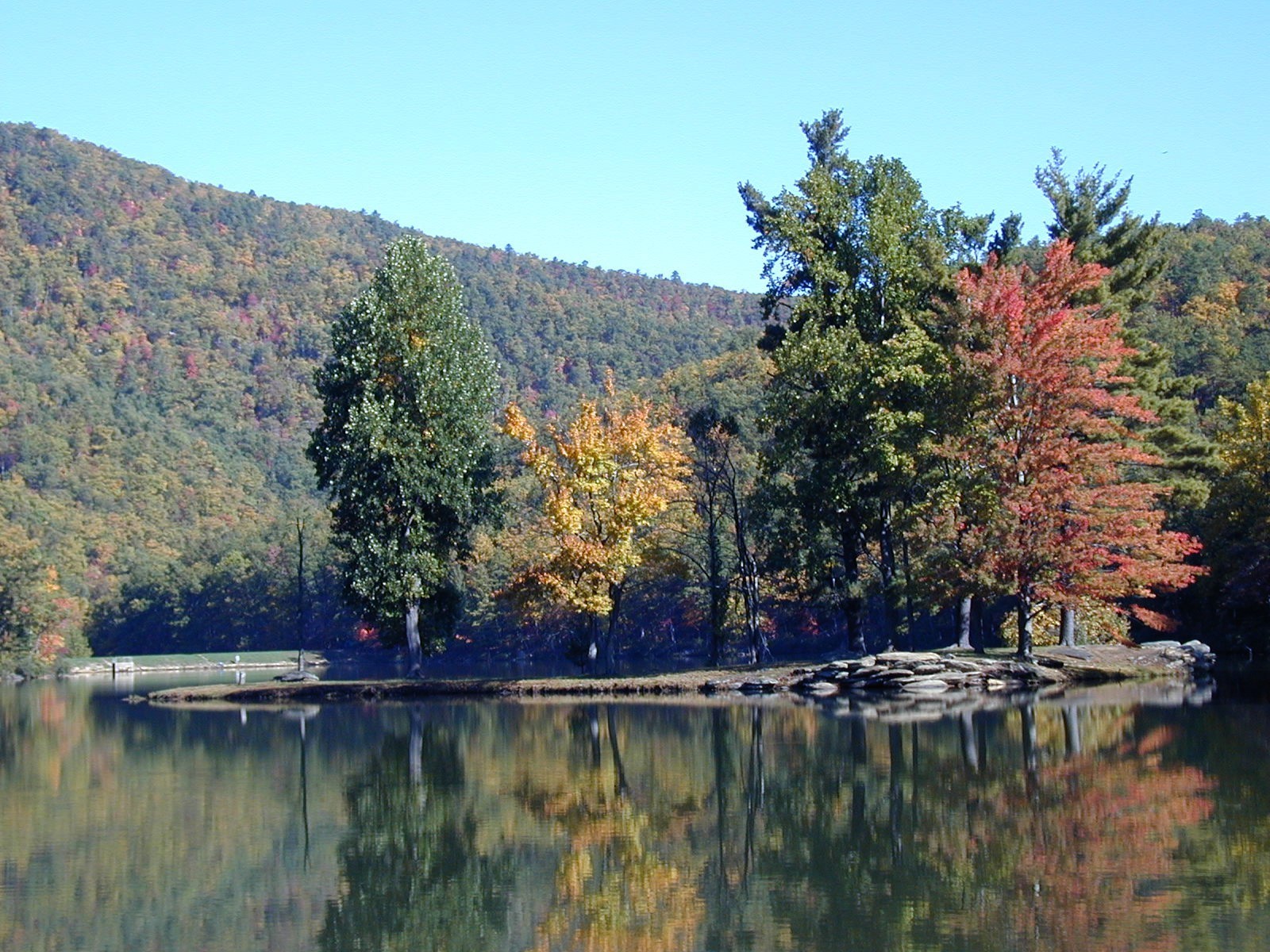|

The George Washington and Jefferson National Forests
The George Washington National Forest in west central Virginia and the Jefferson National Forest in southwest Virginia were administratively combined in 1995 to form the George Washington and Jefferson National Forests. The two national forests contain nearly 1.8 million acres; one of the largest blocks of public land in the eastern United States. The forests include 1,664,110 acres in Virginia, 123,629 acres in West Virginia, and 961 acres in Kentucky. The forest headquarters is the Forest Supervisor’s Office in Roanoke, Virginia. The forests include the Mount Rogers National Recreation Area and seven Ranger Districts.
The forests are primarily Appalachian hardwood and mixed pine-hardwood forest types located within the Blue Ridge, Central Ridge and Valley, Allegheny, and Cumberland Plateau provinces. The forests are home to:
-
40 species of trees
-
2,000 species of shrubs and herbaceous plants
-
78 species of amphibians and reptiles
-
200 species of birds
-
60 species of mammals
-
2,340 miles of perennial streams
-
100 species of freshwater fishes and mussels
-
53 federally-listed Threatened or Endangered animal and plant species.
The forests are managed for multiple uses and provide many products and benefits. Developed recreation opportunities are offered at over 200 sites on the forests (including campgrounds, picnic areas and boat launches), along with nearly 2,200 miles of trails, and 1,700 miles of open roads. Elevations range from 5,729 feet at Mount Rogers to 515 feet along the South Fork of the Shenandoah River. Highlights include:
-
325 miles of the Appalachian National Scenic Trail,
-
12 National Recreation Trails totaling 143 miles,
-
the 140,000 acre Mount Rogers National Recreation Area,
-
3 National Scenic Areas,
-
3 National Forest Scenic Byways,
-
nearly 3 million annual recreation visits,
-
23 Wildernesses,
-
700,000 acres of lands actively managed for the production of timber and wood products,
-
Over 1 million acres classified as generally remote areas where a variety of activities may occur.
|